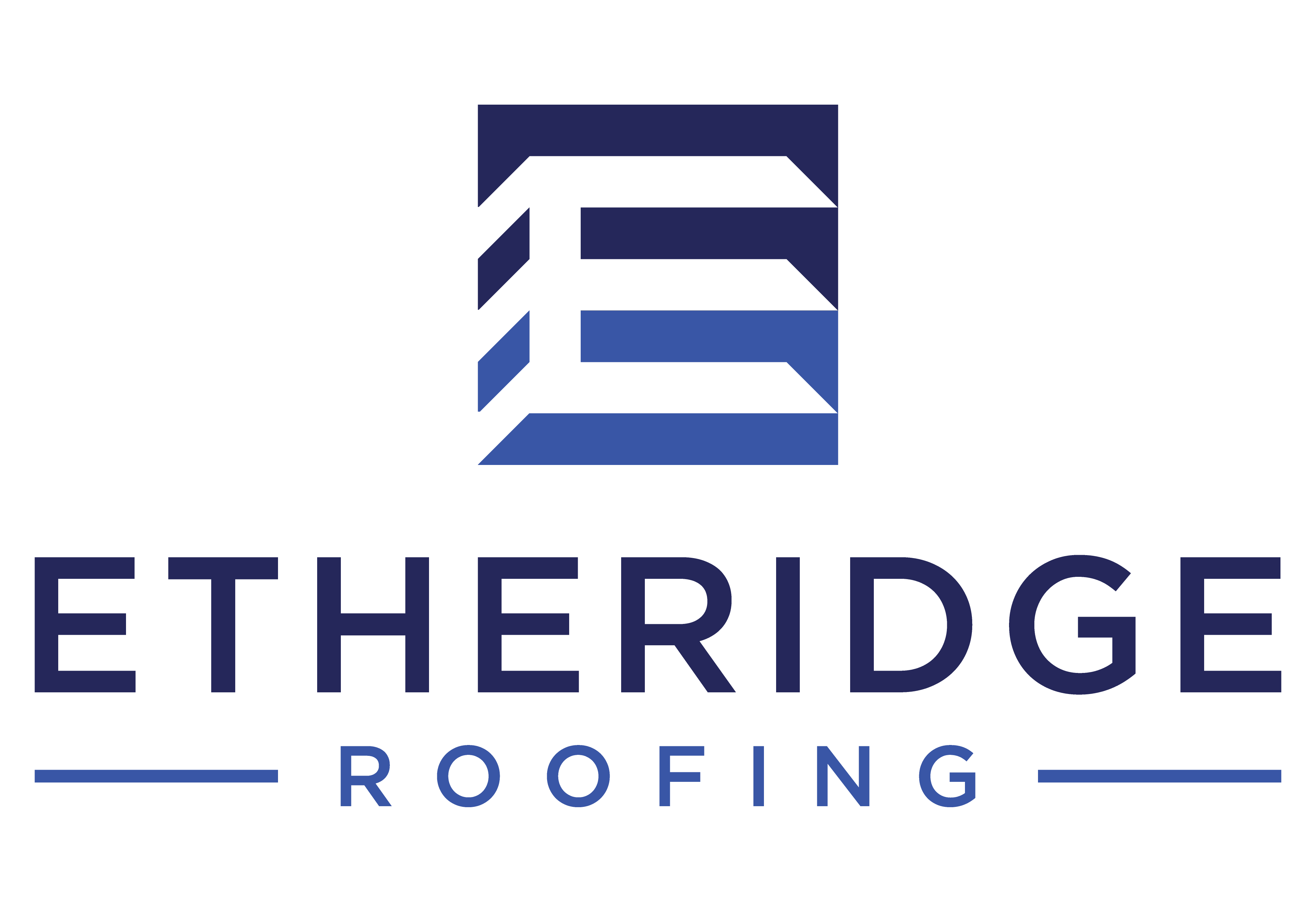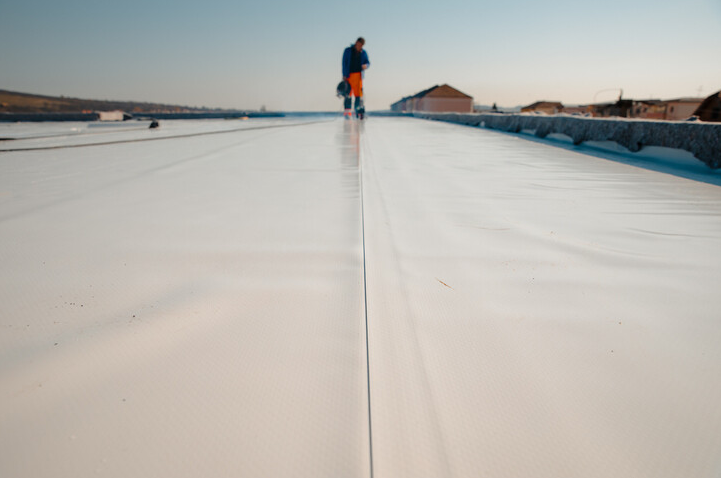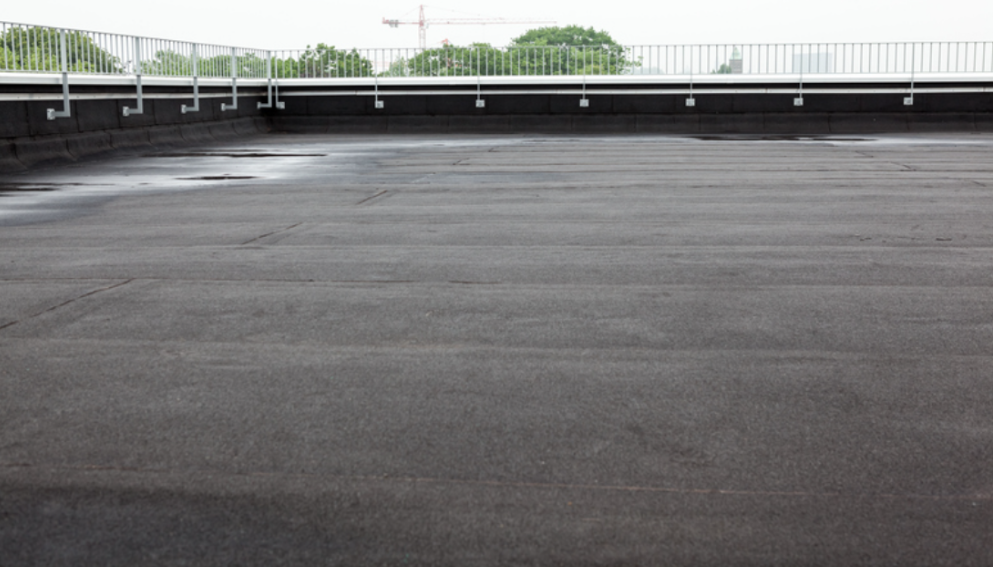The Impact of Commercial Flat Roofing on Indoor Air Quality and Occupant Health
The connection between the quality of our environment and our health is undeniable, with the spaces we occupy playing a pivotal role in our overall well-being. Specifically, in the world of property management, the influence of commercial flat roofing on indoor air quality is a subject that merits attention. It's vital to understand how this aspect of building design and maintenance can impact the health of occupants, not only to ensure their well-being but also to optimize the functionality and longevity of the property itself.
Understanding the Link Between Commercial Flat Roofing and Indoor Air Quality
The connection between commercial flat roofing and indoor air quality is intricate, influenced by design choices and the inherent characteristics of flat roofing systems. These roofs, with their minimal slope, challenge water drainage, creating conditions ripe for water to pool and eventually seep into the building. This intrusion not only introduces moisture into indoor environments but also paves the way for the growth of mold and mildew. The presence of these organisms is not benign; as they flourish, they release spores into the air—spores that, when inhaled, can provoke a spectrum of health issues ranging from mild allergic responses to serious respiratory conditions.
Furthermore, the materials selected for roofing play a pivotal role. Certain roofing materials are known to emit volatile organic compounds (VOCs), which further compromise the air we breathe indoors. These VOCs are not inconsequential; their impact ranges from causing discomfort, such as headaches and dizziness, to contributing to more severe health outcomes. The combination of moisture and VOC emissions creates a challenging scenario for maintaining healthy indoor air quality, underscoring the need for thoughtful consideration in roofing material selection and architectural design to safeguard the well-being of building occupants.
The Hidden Culprits: Mold and VOCs
Mold and volatile organic compounds (VOCs) lurk beneath the surface, unseen yet profoundly influential in the narrative of commercial flat roofing and indoor air quality. Mold finds a fertile ground in the damp, concealed spaces created by compromised roofing, where it quietly proliferates. This proliferation isn't merely a nuisance; it's a health hazard. As mold colonies grow, they release spores into the air—spores that can infiltrate our respiratory system, triggering a range of reactions from mild irritation to severe respiratory distress.
Parallel to mold's stealthy invasion, VOCs present a formidable challenge. Emanating from various roofing materials, these compounds stealthily compromise the air we breathe. Initially, their presence might manifest through subtle symptoms like eye irritation or headaches, but their long-term occupancy can escalate to more severe conditions, impacting vital organs and overall health. This dual threat of mold and VOCs underscores a complex battle against elements that jeopardize indoor air quality.
In this scenario, the integrity of a commercial flat roof becomes more than a matter of structural soundness—it's a frontline defense in the quest to safeguard health. Addressing the challenges posed by mold and VOCs requires vigilance, from the selection of roofing materials to the maintenance practices that prevent water infiltration. It's a continuous effort to shield the indoor environment from these hidden adversaries, ensuring the air within our buildings remains as clean and safe as possible.
Navigating the Challenge of Finding a Reliable Roofing Partner
Selecting a dependable roofing partner is paramount in the crusade to preserve the sanctity of indoor air quality within commercial spaces. This choice transcends mere transactional interactions; it's about forging an alliance with a team that brings expertise, foresight, and a commitment to health-centric practices in roofing. The journey to identify such a partner demands meticulous vetting, an exploration that delves into the history of their projects, the quality of materials they endorse, and their proclivity for innovative solutions that prioritize occupants' health above all. Recommendations from peers within the property management realm can serve as a beacon, guiding towards firms with a proven track record of enhancing indoor environmental quality through strategic roofing decisions. This endeavor, while demanding, is a critical step in the proactive stewardship of property health. It’s about looking beyond the immediate to the future, where the integrity of a roofing system plays a critical role in sustaining a healthy indoor air environment. In essence, the right roofing partner is not just a service provider; they are custodians of well-being, champions of durability, and invaluable allies in the mission to uphold the highest standards of indoor air quality.
The Cost of Neglect: Frequent Roof Repairs and Health Implications
Ignoring the condition of a commercial flat roof doesn't just risk structural integrity; it also silently cultivates an environment where health hazards can thrive. The cycle of ongoing repairs that follows such neglect does more than disrupt daily operations; it exacerbates indoor air quality issues. Every instance of repair, while necessary, opens the door to potential increases in moisture levels and the proliferation of volatile organic compounds (VOCs). These elements, already lurking threats, become more pronounced with each patchwork fix, deepening the risk to occupant health.
This scenario extends beyond the immediate inconvenience and expense. The repeated need for repairs often unveils a more concerning narrative: an underlying systemic flaw in the roofing structure or maintenance regimen. Such flaws not only compound the financial burden but also heighten the risk of severe health consequences for occupants, ranging from respiratory issues to chronic conditions.
Proactively addressing roofing concerns is more than a maintenance task; it's a critical health safeguard. The ramifications of neglect stretch far beyond the roof itself, seeping into the very air that occupants breathe. It underscores the importance of viewing roofing systems not just as physical barriers, but as integral components of a building's health ecosystem.
The Role of Regular Roof Inspections and Maintenance
The proactive approach of conducting regular roof inspections and engaging in consistent maintenance practices stands as a cornerstone in ensuring indoor air quality remains at its peak. These preventative measures serve as the eyes and ears on the ground, identifying potential vulnerabilities before they escalate into larger, more problematic issues. By integrating these activities into the fabric of building management, property managers can significantly mitigate risks associated with water infiltration, the primary precursor for mold growth and VOC proliferation.
Through scheduled roof inspections, subtle signs of wear and tear are brought to light, enabling timely interventions that forestall the onset of moisture-related complications. This vigilance aids in circumventing the cycle of damage and repair, a cycle that often introduces additional moisture and contaminants into the building environment. Likewise, regular maintenance ensures that roofing materials and structural integrity are preserved, reducing the likelihood of leaks and the adverse health impacts they herald.
Moreover, these practices underscore a commitment to not just the physical structure of a building but to the health and safety of its occupants. In recognizing the integral role of a well-maintained roof in sustaining a clean and healthy indoor atmosphere, property managers enact a powerful form of preventive healthcare, safeguarding against the insidious encroachment of air quality issues that can compromise occupant well-being.
Empowering Occupants with Knowledge and Resources
Equipping building occupants with the right knowledge and resources is an indispensable step toward fortifying indoor air quality. Awareness is the first line of defense against the encroachment of air quality issues. When individuals occupying a space are informed about the indicators of compromised air quality, such as the emergence of mold spots or the detection of peculiar smells, they become an active part of the solution. This heightened vigilance facilitates the early identification of potential problems, setting the stage for swift action.
Providing clear channels for reporting these observations is equally crucial. By establishing accessible mechanisms for occupants to communicate their concerns, property managers can ensure that issues are promptly and effectively addressed. This proactive engagement not only accelerates the resolution of air quality challenges but also cultivates a culture of collective responsibility among all who share the space.
This collaborative approach amplifies the efficacy of efforts to maintain a healthy indoor environment. When occupants are empowered with the knowledge of what to look out for and understand the significance of their role in the broader ecosystem of building health, they transform into invaluable allies. Their active participation in identifying and reporting air quality concerns supports a robust framework for sustaining the well-being of everyone who walks through the doors.
Conclusion: Elevating Indoor Air Quality Through Strategic Roofing Practices
To encapsulate, the nuanced relationship between the structural integrity of commercial flat roofing and the purity of the air within our buildings is undeniable. By delving into the complexities of how roofing choices directly influence the air breathed by occupants, property managers are endowed with a roadmap towards fostering healthier indoor environments. Opting for roofing materials that mitigate the release of VOCs, coupled with a steadfast commitment to regular maintenance, acts as a bulwark against the proliferation of mold and the intrusion of unwelcome moisture. Furthermore, empowering those who occupy these spaces with the knowledge to identify and report potential air quality issues fortifies this defense, ensuring a collaborative approach to maintaining a wholesome indoor atmosphere. Through these concerted efforts, the aim is not merely to maintain the structural aspects of a building but to elevate the health and well-being of its inhabitants. Strategic roofing practices, therefore, emerge as a critical, yet often overlooked, facet of public health, underscoring the pivotal role that thoughtful, informed property management plays in enhancing the quality of life for all who enter these commercial spaces.
Posts by Tag
Recent Posts
Popular Posts
Selecting the appropriate roofing system is...
If you're looking for a green roofing solution...
Your roof is one of the most important parts of...
Recent Posts
With so many options available in the world of...
Understanding the signs of wear, evaluating the...







